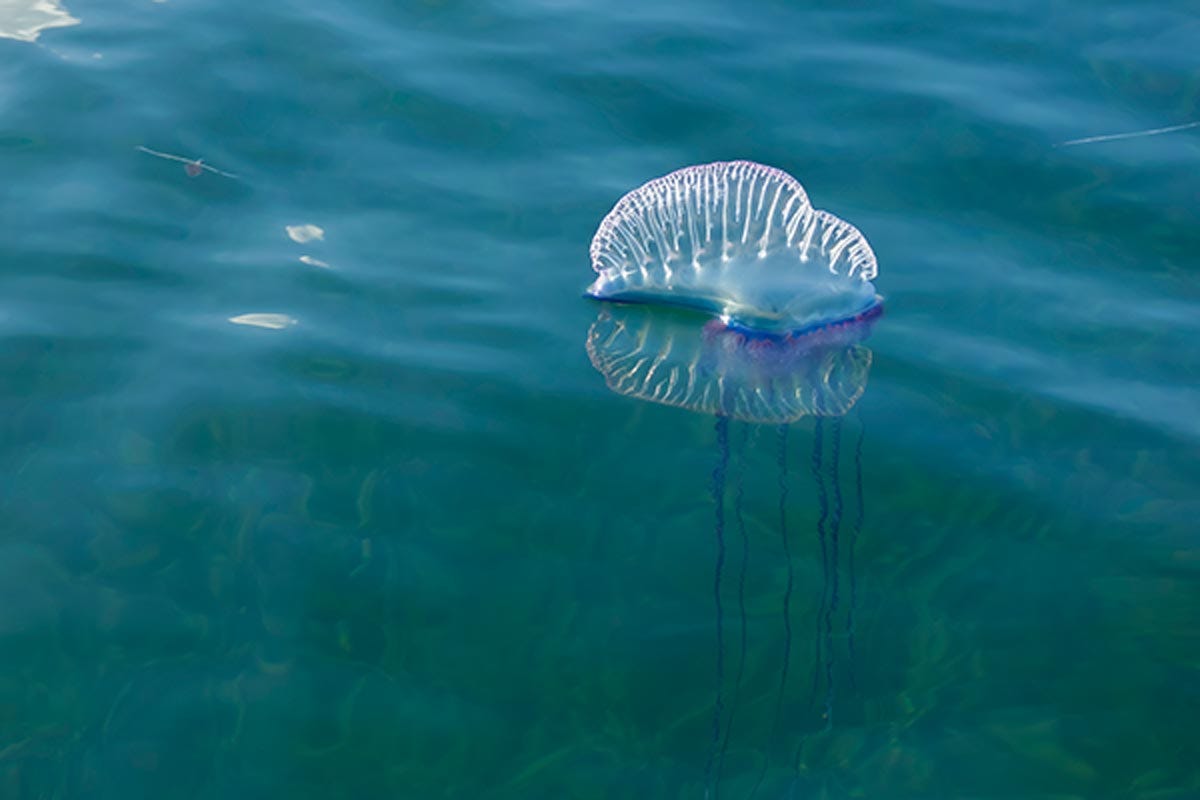
Toxic Blue Bottle Jellyfish spotted at the shores of Mumbai
The bluebottle jellyfish is responsible for thousands of stings on Australian beaches each year. Clinical features include intense local pain and dermal erythema. Hot water immersion provides safe symptomatic relief. Unlike Physalia stings in other parts of the world, major systemic envenoming does not occur.
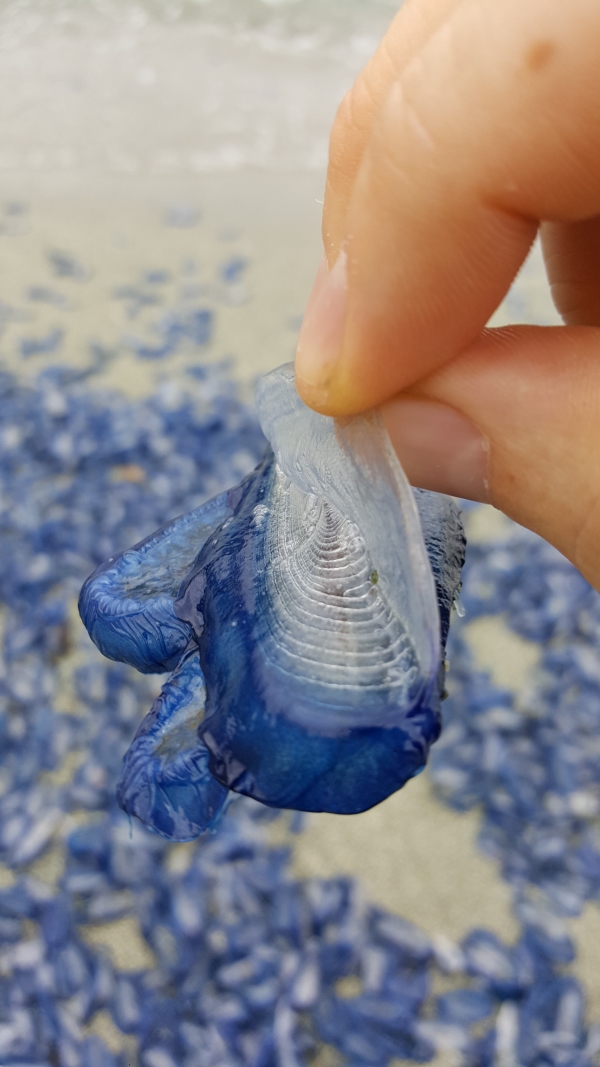
Mini blue jellyfish all over the beach? Ask a Naturalist®
The bluebottle ( Physalia utriculus) is also known as a Pacific man o' war — similar to a Portuguese man o' war, which is found in the Atlantic Ocean. The dangerous part of a bluebottle is the.
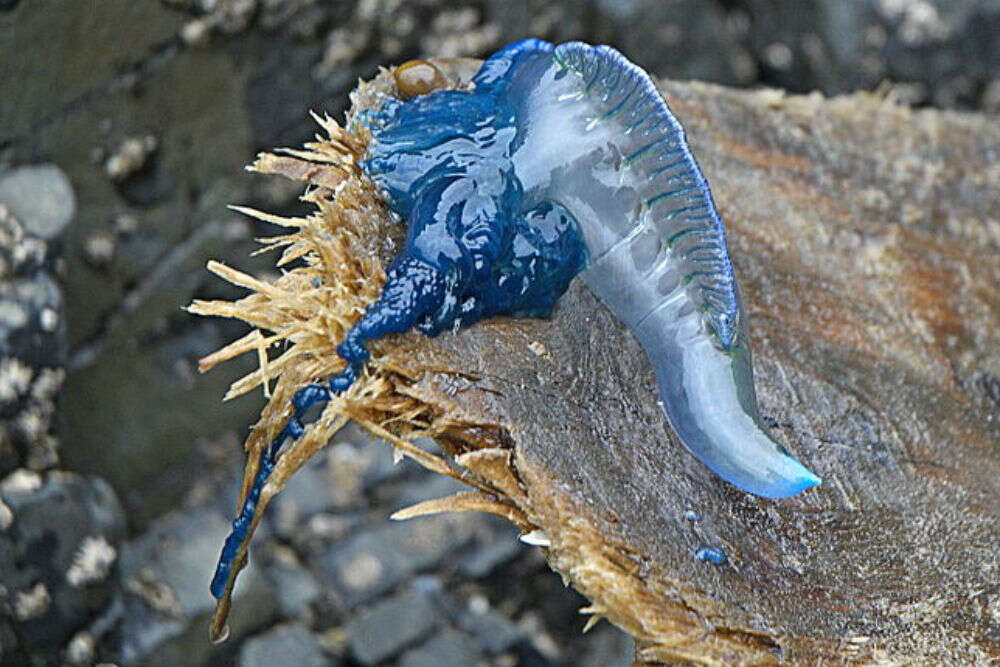
Blue Bottle Jellyfish invades Mumbai shores beaches to visit near
The bluebottle, or Indo-Pacific Man o' War, is not a jellyfish but a siphonophore, which is a colony of tiny, specialized polyps working together as colonies.. often referred to as "the float," which resembles a blue bottle floating in the ocean. The float moves depending on the wind and supports the other three types of polyps that.
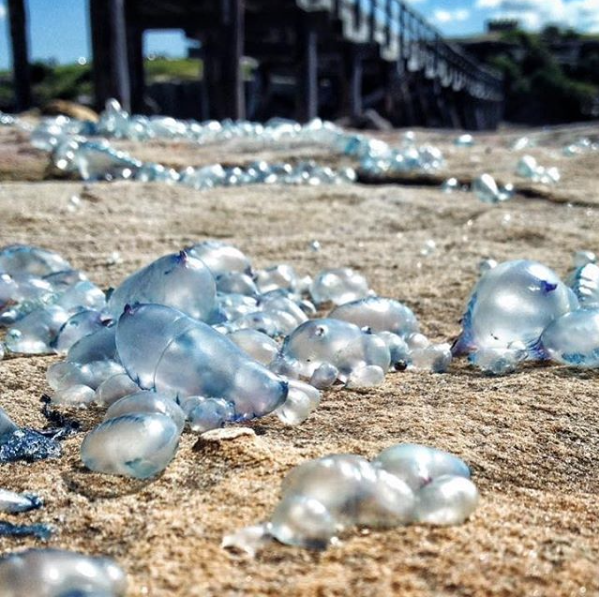
Thousands of bluebottle jellyfish wash ashore in Australia
Blue bottles are siphonophores, a weird group of colonial jellyfish. Rather than being a single organism like the jellyfish we commonly recognise, siphonophores are actually made up of.
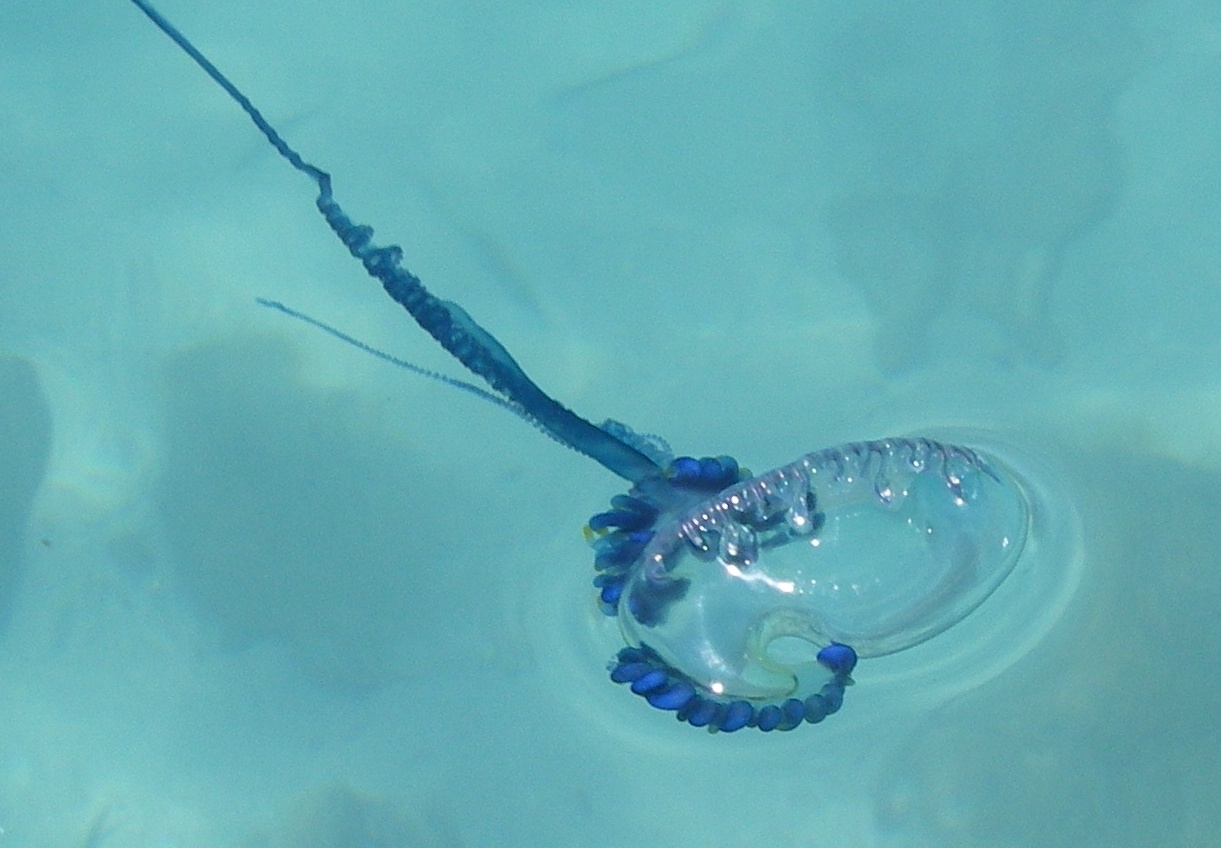
Blue Bottle Jellyfish a photo on Flickriver
Often called bluebottle jellyfish or the "Pacific Man of War," bluebottles are clusters of polyps usually located in the Indian and Pacific oceans. Every year, thousands of bluebottle stings are.

Thousands of venomous sea creatures have invaded Australia’s shores
Bluebottles are not strictly 'jellyfish' in the way that most people think of jellyfish, although they are certainly related. Instead, bluebottles are siphonophores and, to make them seem even more complicated they're not actually individual animals.
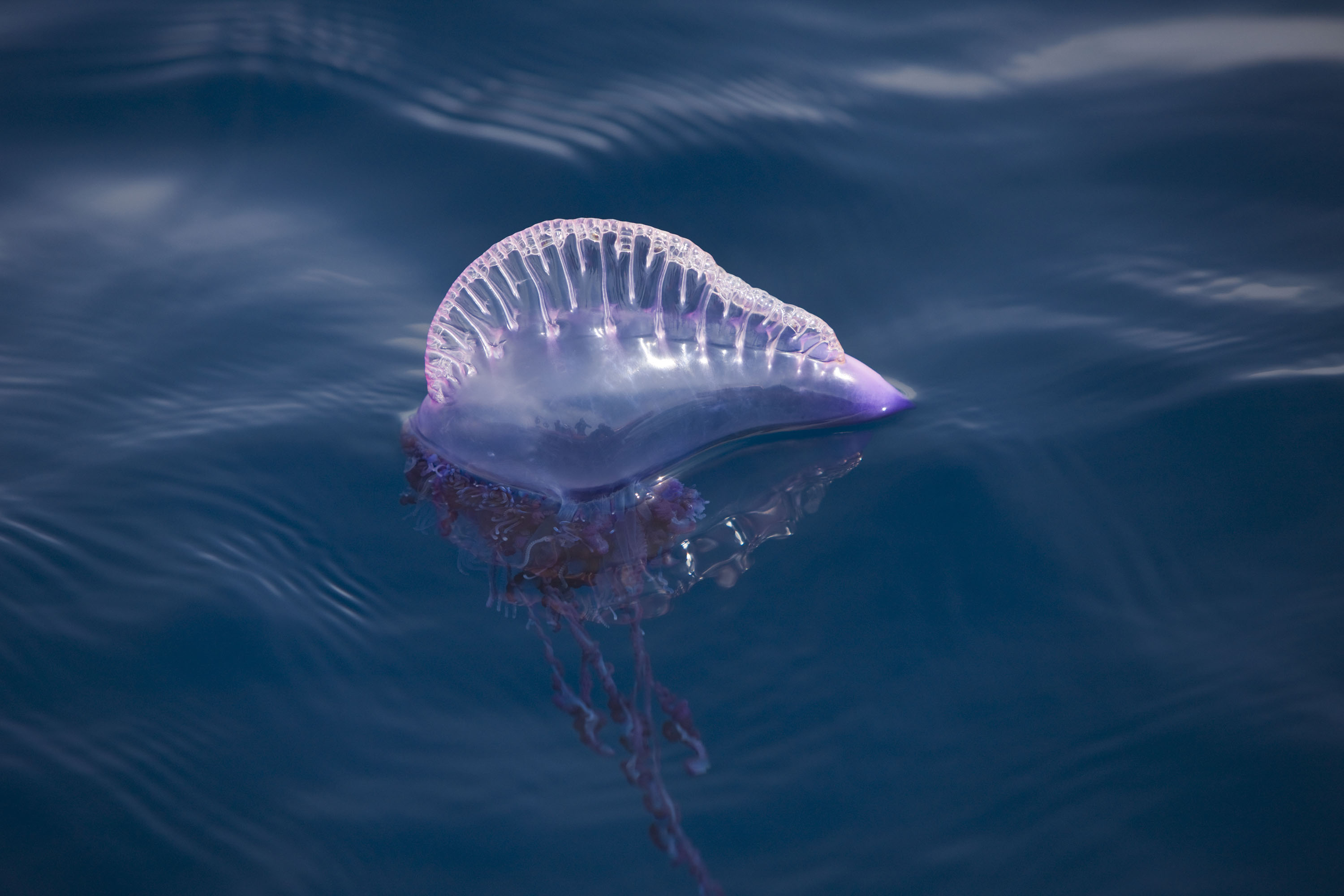
What To Do If Stung By A Blue Bottle Jellyfish Best Pictures and
Blue bottles are siphonophores , a weird group of colonial jellyfish. Rather than being a single organism like the jellyfish we commonly recognise, siphonophores are actually made up of several colony members called persons (sometimes also known as "zooids"). These members typically include feeding persons, reproductive persons, and.
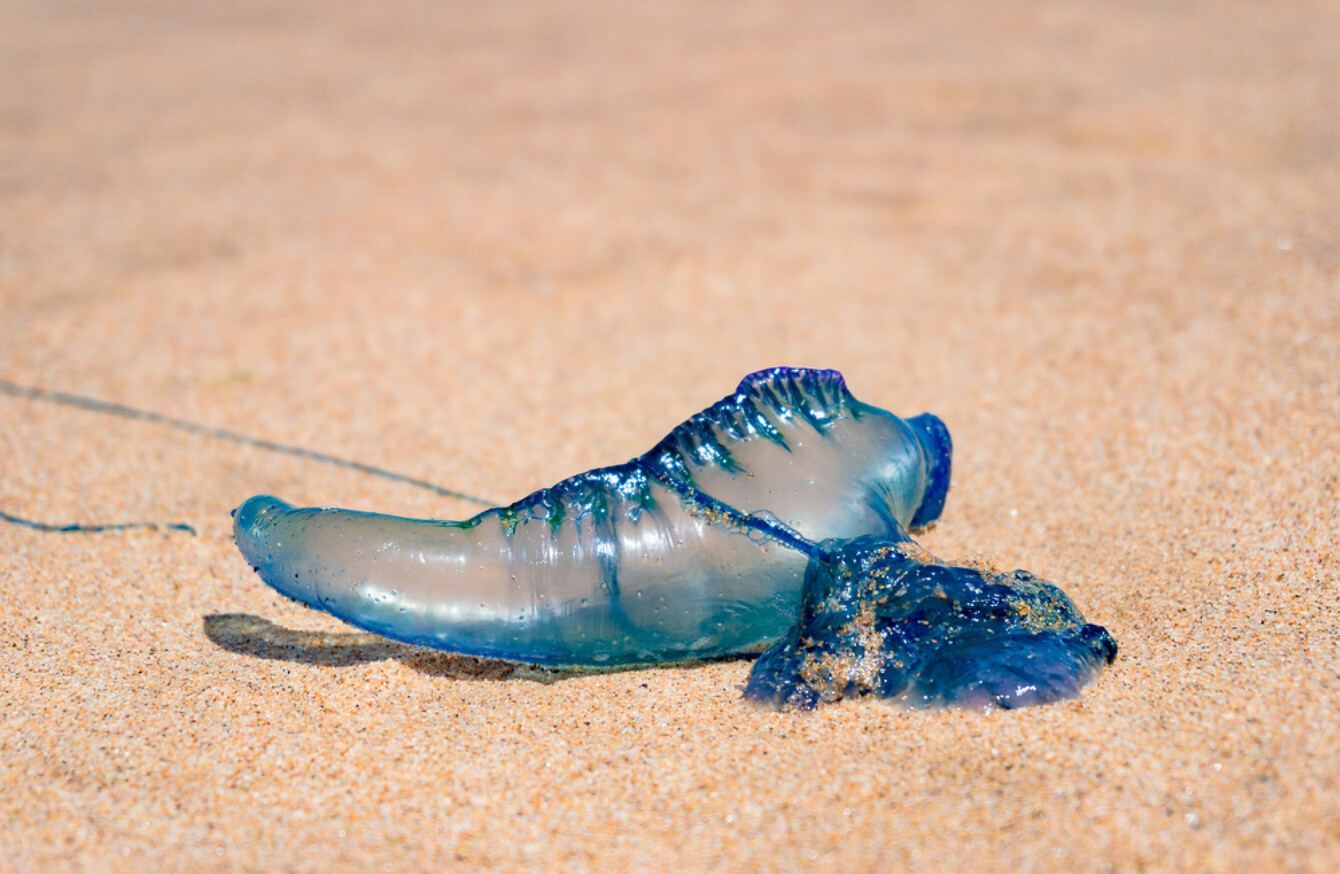
Thousands of Australians stung in bluebottle jellyfish invasion
Scientific name: Cyanea lamarckii Often confused with the larger but similarly shaped lion's mane jellyfish, the blue jellyfish can be colourless when young and develop a striking blue-purple bell as it matures. Species information Category Jellyfish Statistics Bell: up to 30cm across Conservation status Common When to see May to October About

'Wall' of jellyfish stings thousands of people over two days World
Maroubra faces east and is the longest and most wind-exposed of the three beaches. We found a summer north-easterly wind at Maroubra led to a 24% chance of bluebottles the following day. But at.

Stinging blue bottles reported on southern Tasmanian beaches The Mercury
The Bluebottle is a common species that often gets washed up onto Sydney beaches in the summer time.

BLUE BOTTLE JELLYFISH SPOTTED IN BORACAY Philippines Report
The blue bottle jellyfish (also called the Portuguese man o' war and the man-of-war jellyfish) is a group of organisms called zoids that come together to form a colony. Together, these.
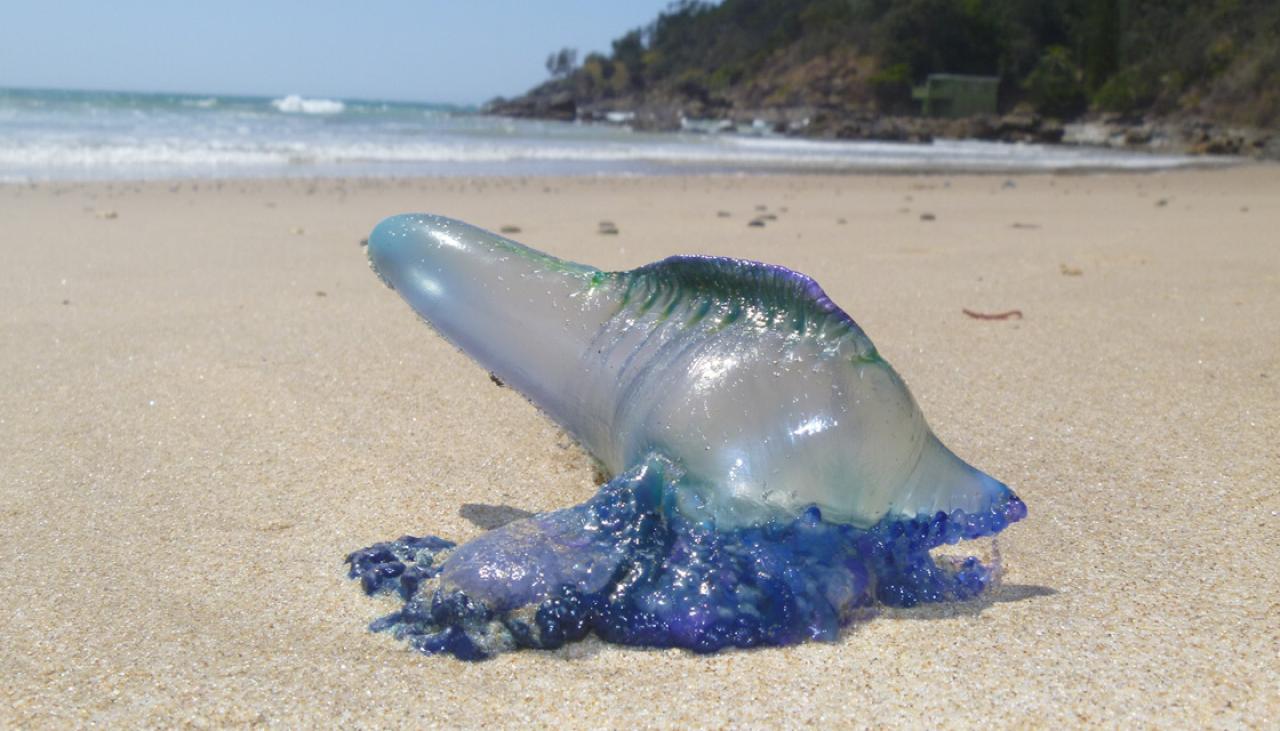
'Jellyfish' warning for Christchurch beaches Newshub
WEBSITE http://wildlifewalk.comSHOP http://goo.gl/NMBdWFIMAGES https://goo.gl/uu4Lf3FACEBOOK https://www.facebook.com/WildlifeWalk/TWITTER https://.
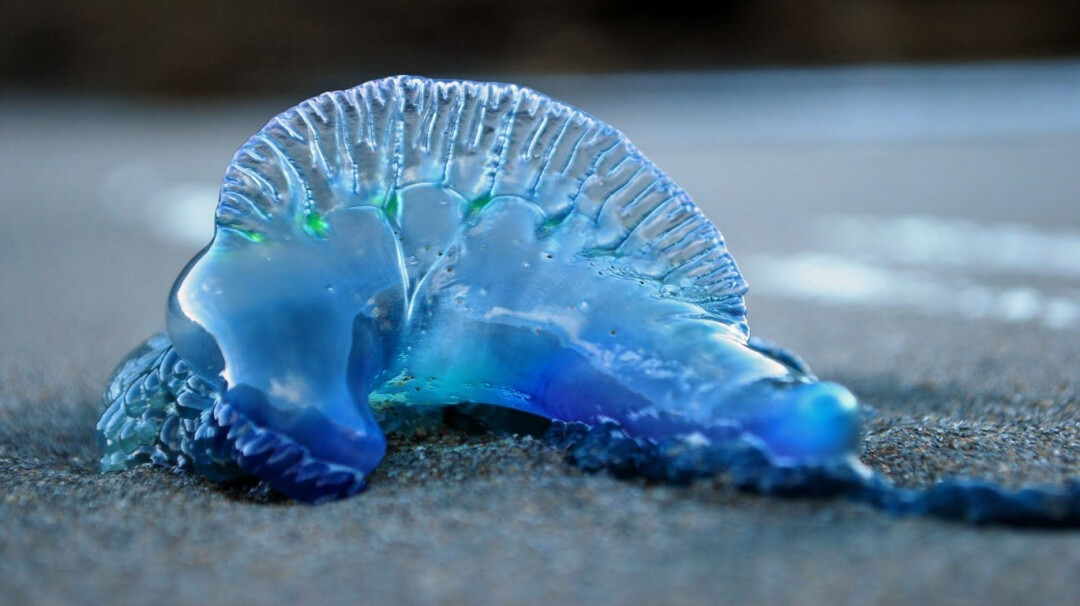
Blue Bottle jellyfish attack 150 people in two days Mumbai Live
Bluebottle can mean: . Organisms. Blow-flies (Calliphoridae) of genus Calliphora and similar species from other genera Specifically, the blue bottle fly Calliphora vomitoria; The Portuguese man o' war (Physalia utriculus), stinging marine siphonophores resembling jellyfish and known as bluebottles in Australia, South Africa and New Zealand; Blue ant, a species of large solitary parasitic wasp

Blue Jellyfish Sting
As we mentioned earlier, the Bluebottle jellyfish is a siphonophore. As such, it is not a single animal, but a colony of four highly modified polyps that depend on one another for survival: The pneumatophore forms the most recognisable feature of the Bluebottle - the float, a blue, gas-filled, pear-shaped sac that can exceed 15cm
Blue Bottle Jellyfish Stock Photo
The Portuguese man o' war ( Physalia physalis ), also known as the man-of-war, [6] is a marine hydrozoan found in the Atlantic Ocean and the Indian Ocean. It is considered to be the same species as the Pacific man o' war or bluebottle, which is found mainly in the Pacific Ocean. [7]

Blue Jellyfish Litter Malibu Shoreline Canyon News
bluebottle jellyfish Also known as: Physalia utriculus Learn about this topic in these articles: Portuguese man-of-war In Portuguese man-of-war.sources classify a regional form—the bluebottle, also called the Indo-Pacific man-of-war—that occurs in the Pacific and Indian oceans near Australia as a separate species called P. utriculus.